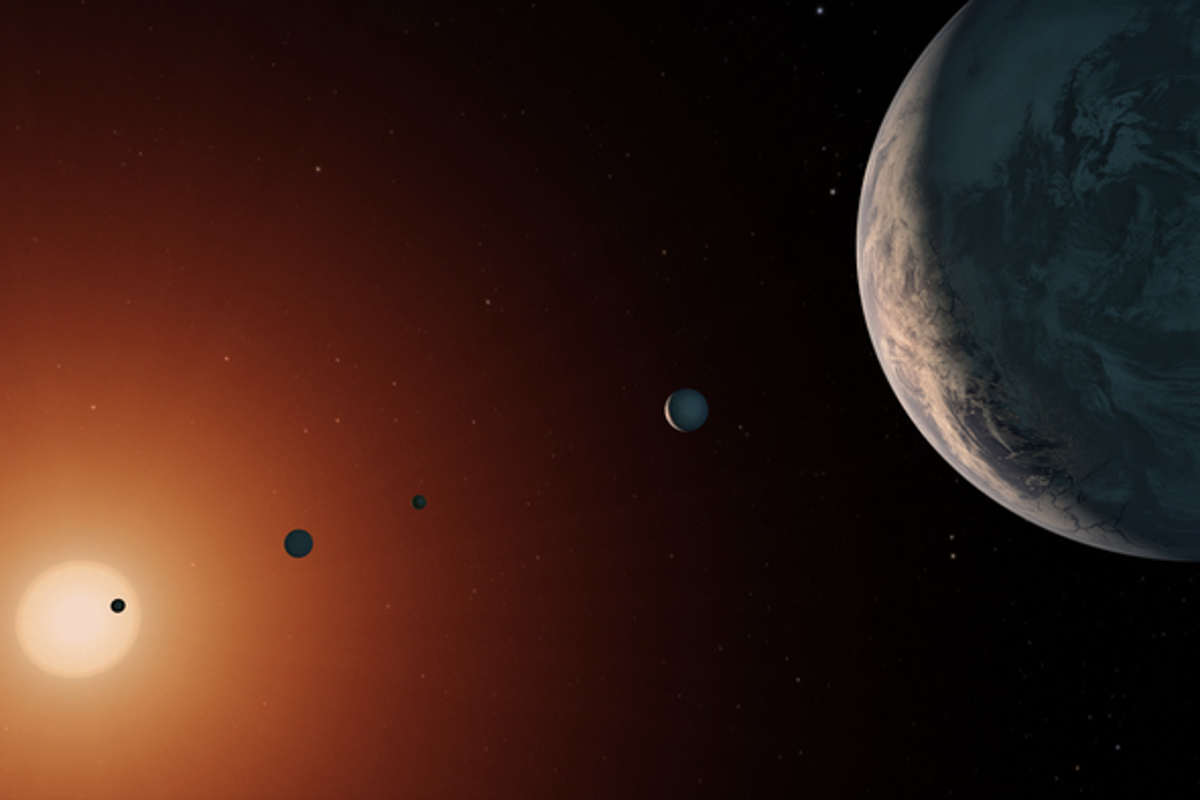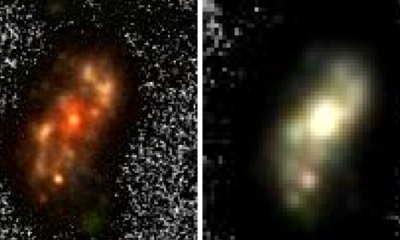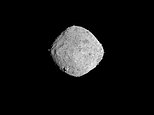Science
Astronomers Discover Potential Atmosphere on Exoplanet TRAPPIST-1e

New research has revealed the potential presence of an atmosphere around the Earth-sized exoplanet TRAPPIST-1e, located approximately 40 light-years from Earth. A study published by a team from the University of St Andrews in the Astrophysical Journal Letters suggests that the planet may possess oceans or an icy surface, which could indicate conditions suitable for life.
The research marks the first significant attempt to investigate the atmosphere and surface habitability of TRAPPIST-1e using the James Webb Space Telescope (JWST). As the fourth planet orbiting the red dwarf star TRAPPIST-1, it lies firmly within the star’s habitable zone, where temperatures could allow for the existence of liquid water if an atmosphere is present.
The findings indicate several possible scenarios, including the exciting prospect of an atmosphere. Dr. Ryan MacDonald, a lecturer in extrasolar planets at the University of St Andrews, emphasized the long-standing interest in TRAPPIST-1e for atmospheric studies. He noted, “TRAPPIST-1e has long been considered one of the best habitable zone planets to search for an atmosphere.”
Challenges arose when researchers analyzed data from 2023, as they discovered that the system’s red dwarf star was contaminating their observations. This interference complicated the search for an atmosphere, prompting the team to spend over a year correcting the data to eliminate the star’s impact.
Advanced Techniques Uncover Potential Atmosphere
In an innovative approach, the researchers utilized the JWST’s powerful NIRSpec (Near-Infrared Spectrograph) instrument to observe TRAPPIST-1e as it passed in front of its star. During this transit, starlight filtering through the planet’s atmosphere—if it exists—would be partially absorbed, resulting in measurable changes in the light spectrum. These changes can inform astronomers about the chemicals present in the atmosphere.
Nonetheless, astronomers must also account for starspots, which are local magnetic field-generated spots on the surface of the red dwarf star. This adds a layer of complexity to their analysis. Dr. MacDonald, who contributed to the spectrum analysis of TRAPPIST-1e, mentioned, “We are seeing two possible explanations. The most exciting possibility is that TRAPPIST-1e could have a so-called secondary atmosphere containing heavy gases like nitrogen. But our initial observations cannot yet rule out a bare rock with no atmosphere.”
With each additional observation, researchers are gaining clearer insights into the atmospheric composition of TRAPPIST-1e. The team is currently obtaining further JWST observations to enhance their search for an atmosphere, planning to increase the number of observations from four to nearly 20 in the coming years.
Dr. MacDonald expressed enthusiasm about the future of this research, stating, “We finally have the telescope and tools to search for habitable conditions in other star systems, which makes today one of the most exciting times for astronomy.” The ongoing exploration of TRAPPIST-1e represents a significant step in the quest to understand the potential for life beyond Earth.
-

 Entertainment3 months ago
Entertainment3 months agoAnn Ming Reflects on ITV’s ‘I Fought the Law’ Drama
-

 Entertainment4 months ago
Entertainment4 months agoKate Garraway Sells £2 Million Home Amid Financial Struggles
-

 Health3 months ago
Health3 months agoKatie Price Faces New Health Concerns After Cancer Symptoms Resurface
-

 Entertainment3 weeks ago
Entertainment3 weeks agoCoronation Street Fans React as Todd Faces Heartbreaking Choice
-

 Entertainment3 months ago
Entertainment3 months agoCoronation Street’s Carl Webster Faces Trouble with New Affairs
-

 Entertainment3 months ago
Entertainment3 months agoWhere is Tinder Swindler Simon Leviev? Latest Updates Revealed
-

 World3 weeks ago
World3 weeks agoBailey Announces Heartbreaking Split from Rebecca After Reunion
-

 Entertainment4 months ago
Entertainment4 months agoMarkiplier Addresses AI Controversy During Livestream Response
-

 Science2 months ago
Science2 months agoBrian Cox Addresses Claims of Alien Probe in 3I/ATLAS Discovery
-

 Health5 months ago
Health5 months agoCarol Vorderman Reflects on Health Scare and Family Support
-

 Entertainment4 months ago
Entertainment4 months agoKim Cattrall Posts Cryptic Message After HBO’s Sequel Cancellation
-

 Entertainment3 months ago
Entertainment3 months agoOlivia Attwood Opens Up About Fallout with Former Best Friend




















